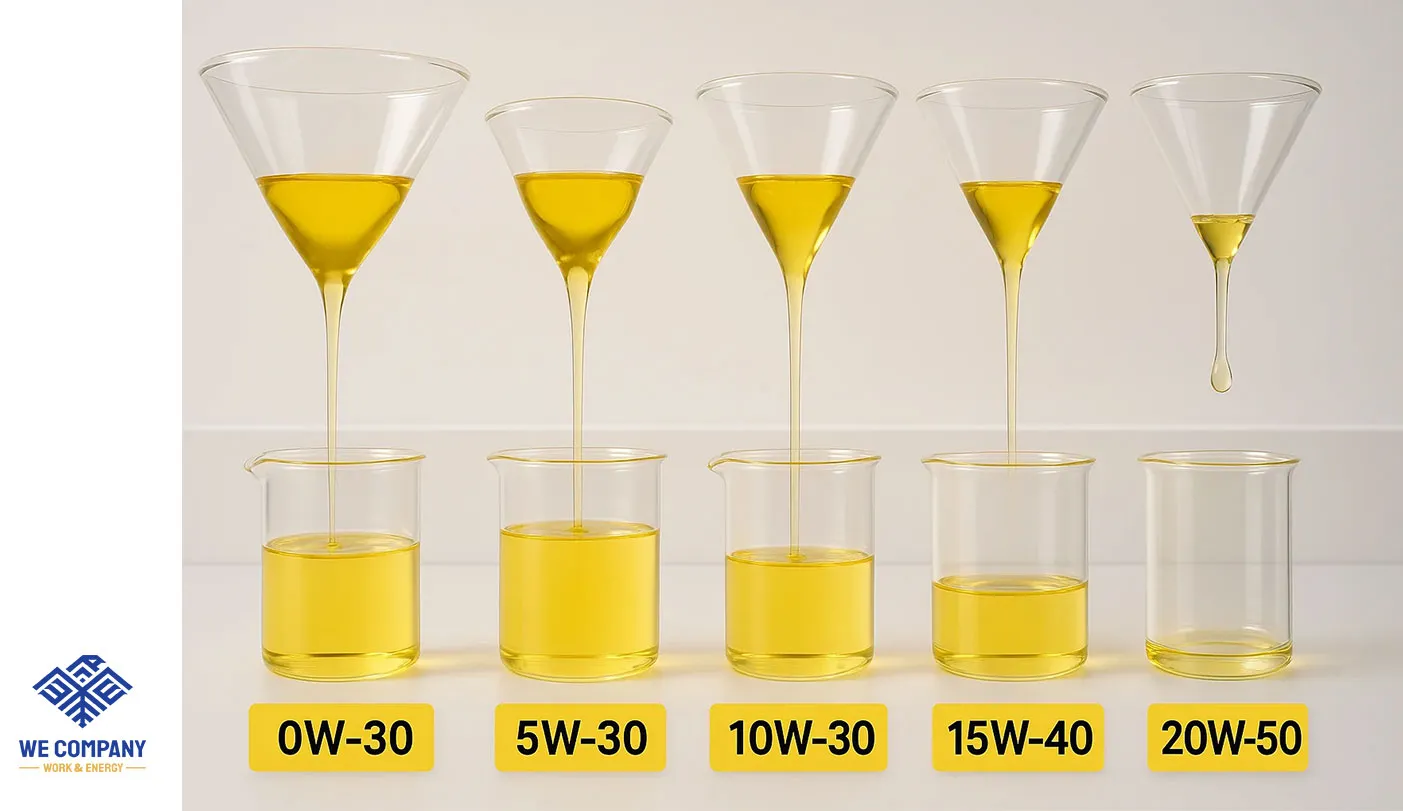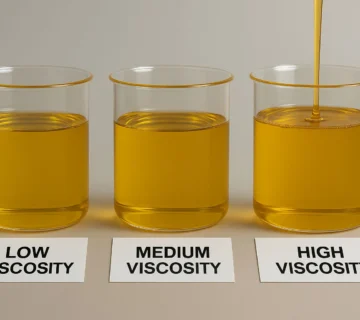Base Oil Viscosity Calculator — Simplify Your Lubricant Formulations
In the world of lubricants and petroleum raw materials, understanding viscosity is the foundation for selecting the right base oil for any application. Whether you’re a blending facility, a manufacturer, or a procurement specialist, a reliable Base Oil Viscosity Calculator can save you time, reduce error, and ensure optimal performance for your formulations.
In this article, we’ll break down what a base oil viscosity calculator is, why it matters, and how you can use it to improve your product selection and blending process. Stay tuned until the end for helpful FAQs and resources!
What is a Base Oil Viscosity Calculator?
A Base Oil Viscosity Calculator is a digital tool used to estimate or compute the kinematic viscosity of blended base oils at different temperatures, typically 40°C and 100°C. It’s an essential step in achieving the target viscosity for industrial lubricants, engine oils, hydraulic fluids, and gear oils.
This tool simplifies complex calculations that consider:
Viscosity of each individual base oil.
Blend ratios.
Viscosity index (VI).
Target operating temperature.
Why is Viscosity Calculation Important?
In lubrication engineering, viscosity determines the oil’s ability to form a protective film between surfaces. Choosing the wrong viscosity can lead to:
Increased wear and tear.
Poor cold-start performance.
Oxidation and thermal breakdown.
Using a Base Oil Viscosity Calculator ensures your end product matches the specifications required by OEMs, industrial standards (like SAE, ISO VG), and real-world application conditions.
How Does the Base Oil Viscosity Calculator Work?
Most calculators apply the Refutas equation or similar viscosity blending models to predict the final viscosity. Here’s a simplified outline:
Input each base oil’s viscosity at 40°C and 100°C.
Input blend percentage of each base oil.
The calculator will compute the expected viscosity of the final blend at the desired temperature.
This process helps formulators avoid manual errors and ensures more accurate lubricant production.
Who Should Use a Base Oil Viscosity Calculator?
If you are involved in any of the following, this tool is for you:
Lubricant Blending Plants
Engine Oil Manufacturers
Hydraulic Oil Producers
Industrial Lubricant Suppliers
Petrochemical Labs
Whether you’re creating SAE 30, SN500 blends, or custom industrial lubricants, the calculator is your shortcut to precision.
Discover Our Full Range of Base Oils
Before you start calculating, make sure you’re using the right raw materials. At WESTINOL | Work and Energy Company, we offer a complete range of:
Group II & III Base Oils
Synthetic and Semi-Synthetic Base Oils
👉 Visit our Base Oil Archive to explore our latest stock and specifications.
Top 10 Frequently Asked Questions About Base Oil Viscosity Calculators
1. What is kinematic viscosity?
Kinematic viscosity measures a fluid’s resistance to flow under gravity, usually expressed in centistokes (cSt). It’s measured at 40°C and 100°C for lubricants.
2. Why are viscosity calculations important in blending?
Calculations ensure your final product meets both technical and operational requirements, avoiding costly formulation errors.
3. Can I calculate multi-grade oil viscosity?
Yes, many calculators can predict the viscosity of both mono-grade and multi-grade blends, provided you input the correct base oil data.
4. What is the Refutas equation?
The Refutas equation is a mathematical model used to predict blend viscosity based on logarithmic blending values (VBN – Viscosity Blending Number).
5. Do temperature variations affect viscosity calculations?
Absolutely! Viscosity varies with temperature, which is why the industry uses standard temperatures like 40°C and 100°C for accurate comparison.
6. Can I use the calculator for both mineral and synthetic oils?
Yes, but be aware that synthetic oils often have higher viscosity indices, so blending behavior might differ slightly.
7. Is the calculator accurate for commercial production?
It’s highly accurate for estimates, but real-world testing in a lab is always recommended for final confirmation.
8. Where can I get technical data for base oils?
Technical data sheets (TDS) are usually provided by your supplier. You can also check the Base Oil Archive on our website.
9. Can viscosity calculators handle additives?
Most calculators focus on base oil blends only. Additives often require separate calculation or real-world lab testing.
10. How do I contact you for base oil supply?
You can reach us directly via:
WhatsApp: (+971) 585992028
Phone: (+971) 58 599 20 28
Email: info@workandenergy.com
Office Address: No. 106, Sabkha Tower, Deira, Dubai, UAE
Conclusion
A Base Oil Viscosity Calculator is an indispensable tool for any serious lubricant formulator or manufacturer. It saves time, reduces error, and ensures your products perform as expected.
✅ Ready to blend?
Before you start, make sure you’re working with high-quality base oils.
👉 Explore Our Base Oil Archive Today: Base Oil Archive
For orders and technical consultations, feel free to reach out via WhatsApp or visit our website.






No comment